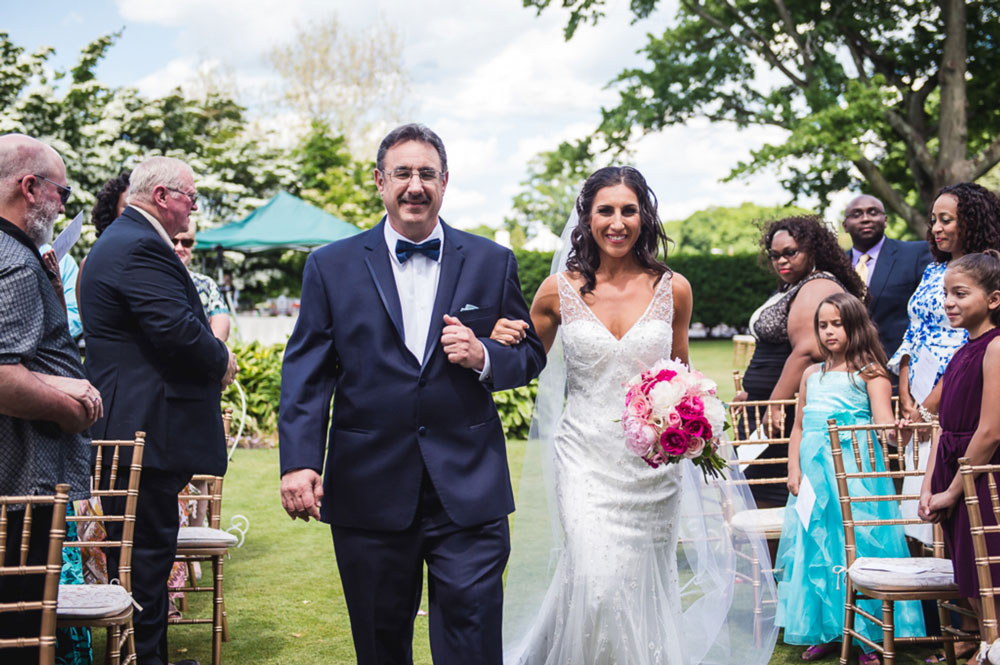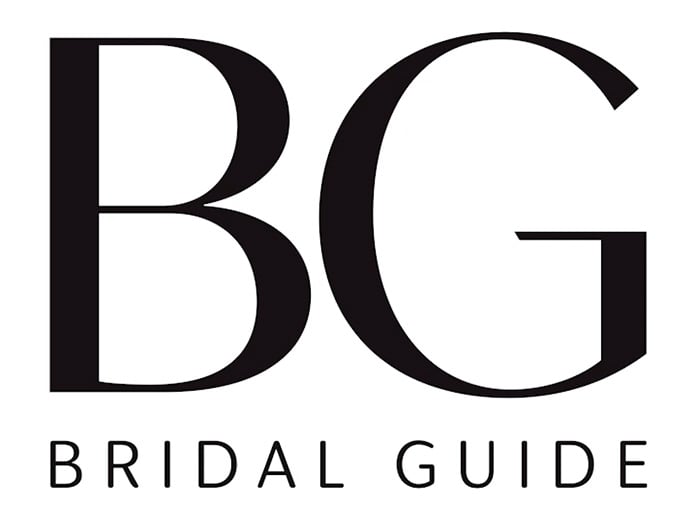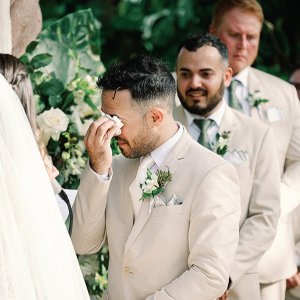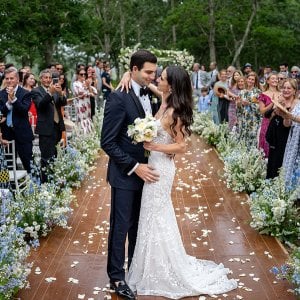The type of ceremony, traditions, and formality influence how you enter and exit the venue. Here are some guidelines.

Photo: Judah Avenue
The order of your processional and recessional will depend on the type of wedding ceremony you're having: religious, civil, military. Family traditions and the formality of your wedding ceremony will also influence the proceedings.
(Note: Your officiant can provide suggestions for wedding music. Or, have a look at our picks.)
Christian Wedding Ceremony
Most Christian wedding processionals and recessionals follow the same basic order, with the exception of the Catholic wedding ceremony, where the bride's father escorts her to the altar but does not give her away before taking his seat. Order in a Christian wedding ceremony is:
- Officiant stands at the altar
- Groom and best man enter from a side door and stand at the altar
- Bridesmaids and ushers walk in pairs (if there are uneven numbers, the odd person can walk alone, or two maids or groomsmen can walk together).
- The maid or matron of honor walks alone
- The ring bearer walks alone, followed by the flower girl, or the children can walk together.
- The bride and her father proceed, with the bride on her father's right arm
At the altar, the bride stands on the left, the groom on the right, facing the officiant. The best man stands beside the groom, with the ring bearer and ushers to his right. The maid of honor stands beside the bride, with the flower girl and bridesmaids to her left. (If your child attendants are too young to stand quietly throughout the wedding ceremony, it's fine to have them stop at the end of the aisle and sit with a waiting parent.)
Jewish Wedding Ceremony
Jewish wedding processionals and recessionals will vary with religious sects and local practices, but still follow a basic order:
- Rabbi and cantor stand at the altar
- Bride's grandparents proceed
- Groom's grandparents proceed
- Ushers proceed in pairs
- Best man walks alone, after the ushers
- The groom proceeds with his parents (father on his left arm, mother on his right)
- Bridesmaids proceed in pairs
- Maid or matron of honor walks alone, after the bridesmaids
- Ring bearer walks
- Flower girl walks
- Finally, the bride proceeds with her parents (father on her left arm, mother on her right)
The Jewish wedding ceremony takes place around a wedding canopy, called a chuppah, under which the bride, groom, best man and maid of honor stand. If there's enough room, the couple's parents can also stand beneath the chuppah during the wedding ceremony; grandparents take their seats right after the processional.
Civil Ceremony
While there is no set order for a civil ceremony, a couple might borrow procedures from a religious ceremony, or create their own. What's most important is that the ceremony feels right to the bride and groom.
Military Wedding
Since military weddings can be civil or religious ceremonies, their orders will vary. The only other difference will be during the recessional, when the just-married couple retreats under the majestic arch of drawn swords.








